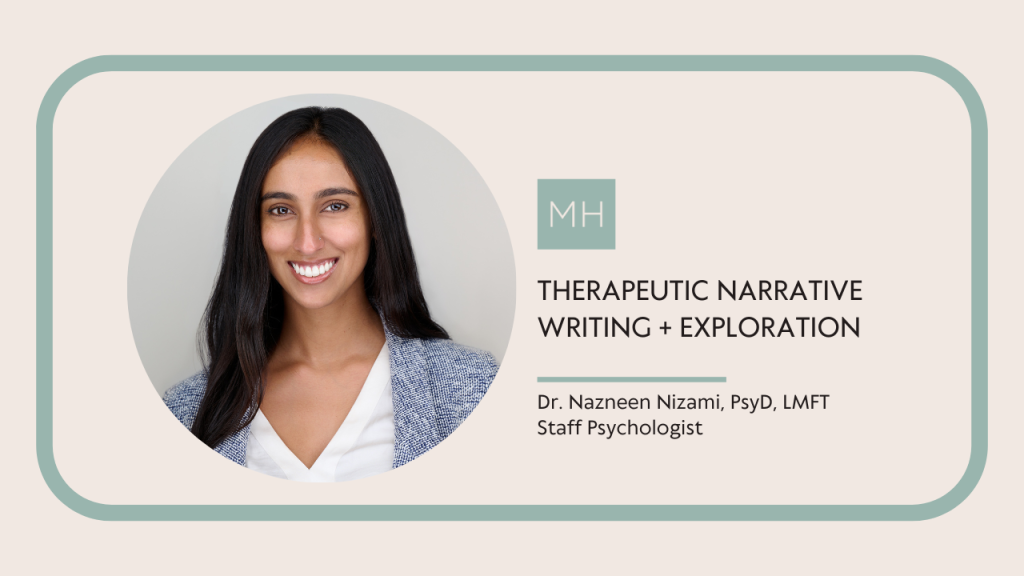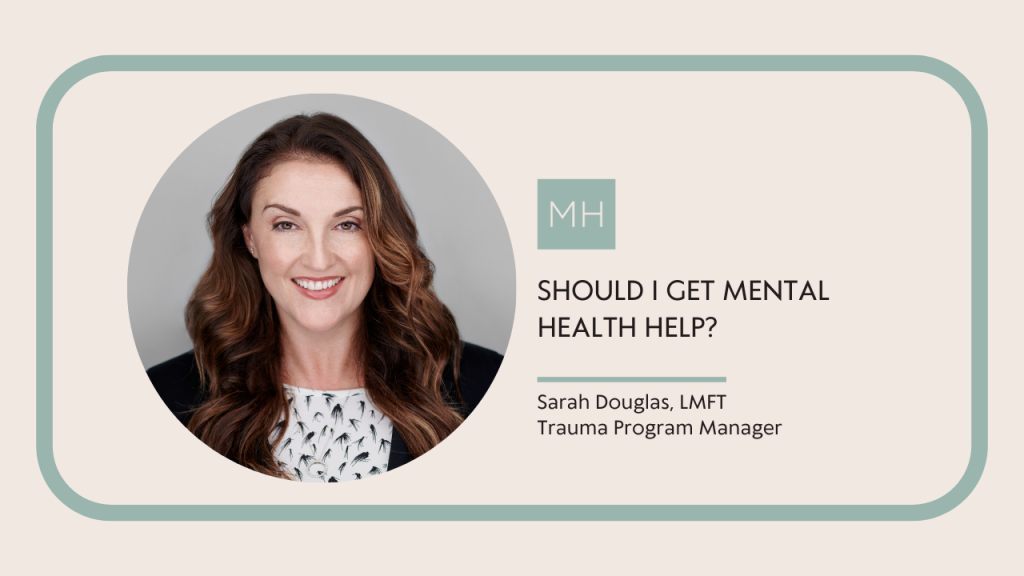Breathing techniques focus on activating the parasympathetic nervous system to signal to the brain that the body is safe. Deep breathing incorporates a slow and steady inhalation to exhalation ratio, which automatically regulates our body’s natural anxiety and hyperarousal response systems. Here are 4 breathing techniques proven to be effective in the management of mental health related symptoms.
DIAPHRAGMATIC BREATHING
Technique number one, Diaphramagtic Breathing, involves focusing on the breath and taking slow, deep breaths from the diaphragm, rather than shallow breaths from the chest. Diaphragmatic breathing can help to reduce stress, promote relaxation, reduce blood pressure, and reduce heart rate.
“Another term used for diaphragmatic breathing is belly breathing. In practice with individuals, it’s important to remind clients to allow the breath to dig deep into their belly, expand it as far out as possible, and release slowly. Modifications may include laying on a flat surface, with the knees bent, and the head supported. Prompt individuals to place one hand on their upper chest and the other just below their rib cage. Encourage a deep breath in through the nose, witnessing the hands on their chest and ribs expand, and encourage a slow and steady release” –Dr. Nizami, Staff Psychologist at The Collective
4-7-8 BREATHING
This technique, 4-7-8 Breathing, involves inhaling for a count of four, holding the breath for a count of seven, and exhaling slowly for a count of eight. This technique can help to calm the mind and reduce anxiety. Modifications to this technique include 4-4-4 breathing, to which inhale, hold, and exhale each for a count of four–also known as box breathing.
ALTERNATE NOSTRIL BREATHING
The third breathing technique, Alternate Nostril Breathing, is a yoga breathing technique involving closing off one nostril and breathing in through the other nostril, then closing off that nostril and breathing out through the other nostril. This technique can help to balance the nervous system, reduce natural stress responses, and promote relaxation.
PROGRESSIVE MUSCLE RELAXATION
Fourth on the list, Progressive Muscle Relaxation is used to reduce tension in the body through paired breathing and tightening of the muscles. Lie on the floor, take a few deep breaths to relax, breathe in, and tense the muscles of the feet. Breathe out and release the tension in the feet. Breathe in, tense the muscles of the calves and thighs. Breathe out and release tension. Repeat and work up the body, tensing each muscle group. This is an effective strategy in muscle relaxation, which helps reduce physiological pain, anxiety, and stress.
It is important to note that while these techniques can be helpful in managing mental health symptoms, they are only a supplement to therapy. Learning and practicing these breathing techniques will help develop greater mindfulness and grounding skills that are the foundation of a more regulated nervous system.
DO YOU HAVE A QUESTION?
Send our team a message or call 888.717.9355

